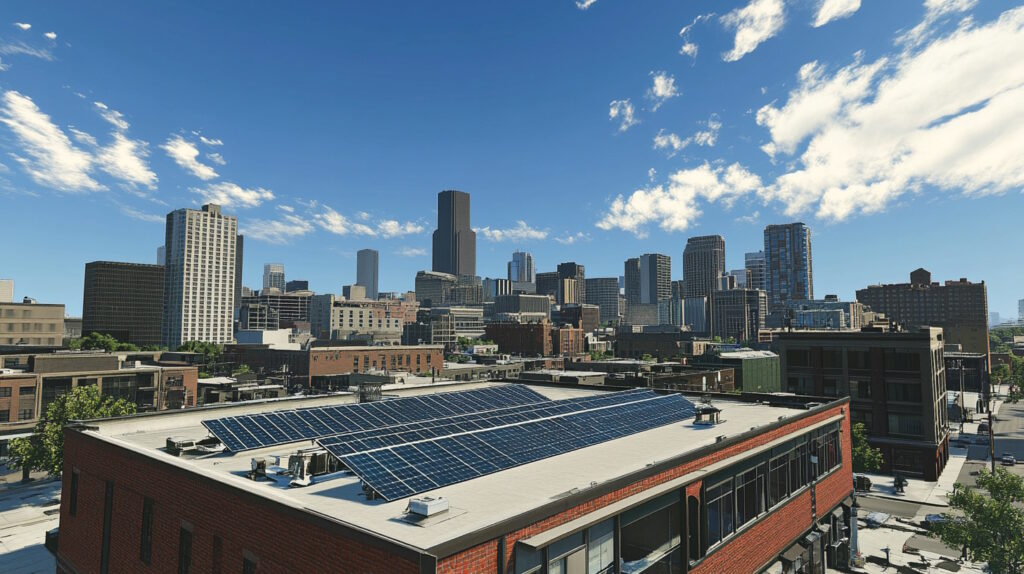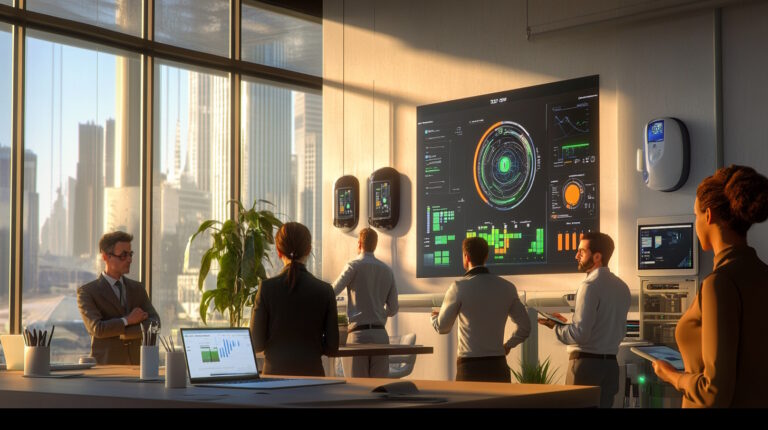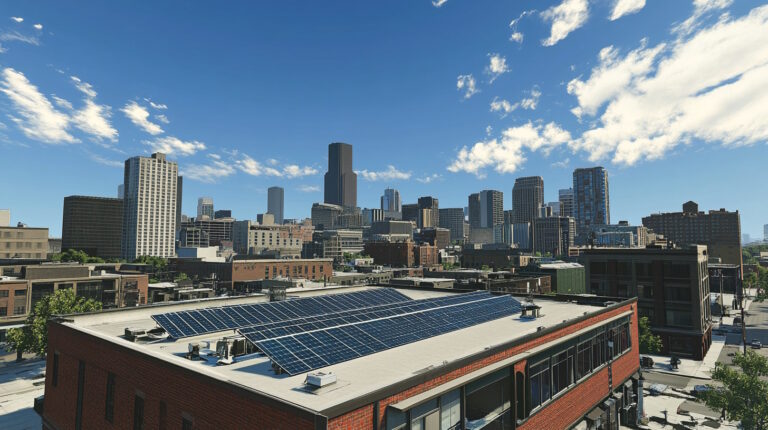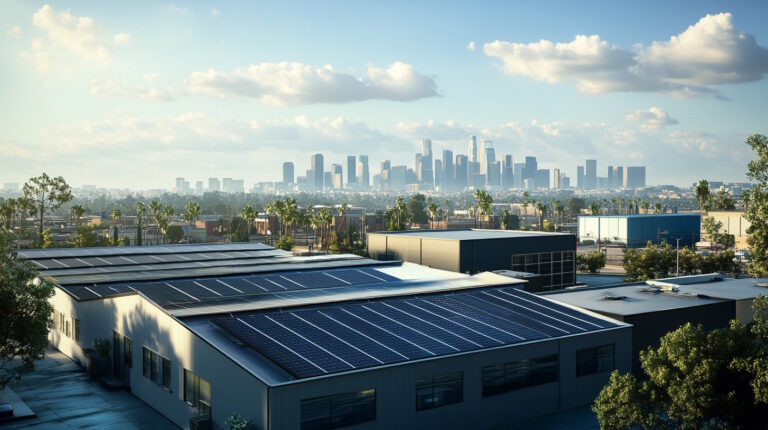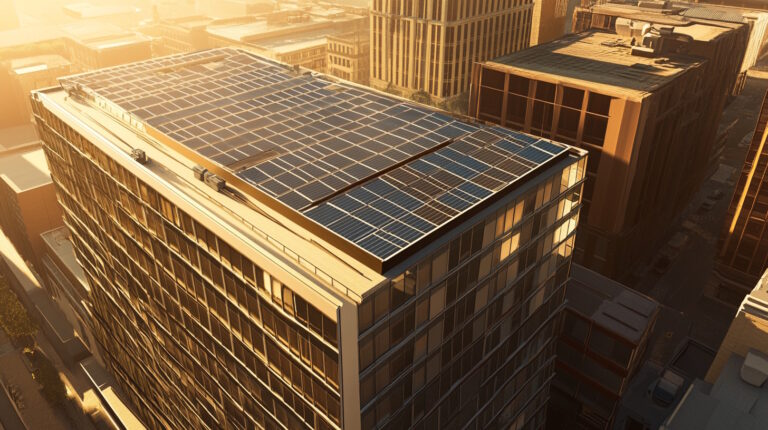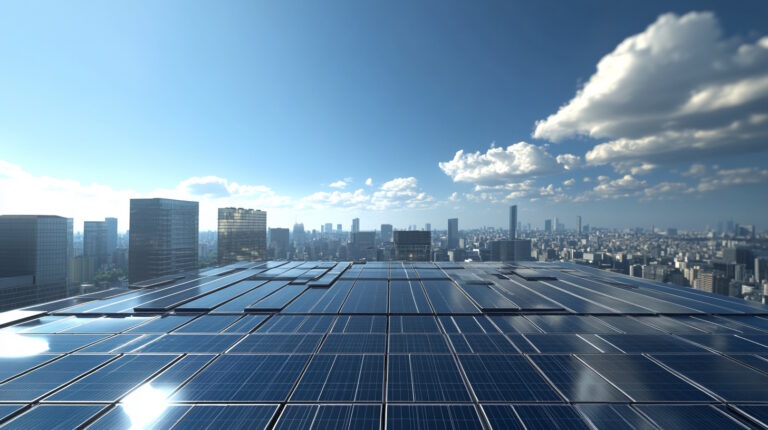Article Insights
– 💡 Gain a clear understanding of how to assess your energy needs for solar energy installation.
– 💡 Learn how to use a solar panel calculator to determine your solar panel requirements accurately.
– 💡 Explore various solar panel installations and find out which type best suits your business.
– 💡 Understand how maximizing your solar investment can lead to long-term savings and environmental benefits.
Determining Your Solar Panel Needs: A Comprehensive Guide
As the global shift towards sustainable energy gains momentum, countless businesses are diving into the world of solar energy.
Naturally, one of the first questions that comes to mind is, “How many solar panels do I need?”
This article seeks to demystify that query, offering you a roadmap to understand and estimate your exact solar panel needs.
From energy consumption evaluation to leveraging solar panel calculators, you’ll leave here with the knowledge needed to take effective steps toward renewable energy adoption.
As a bonus, when you’re ready to dive deeper, learning about commercial solar system costs can offer valuable insights.
Unpacking Your Energy Needs
Knowing your energy requirements is the foundation upon which your journey to solar energy begins.
First, take a peek at your utility bills to determine your historical monthly energy use, measured in kilowatt-hours (kWh). This step gives you insight into your average energy consumption.
Keep in mind that energy usage can vary seasonally! For instance, you may crank up the air conditioner during scorching summers or rely on additional heating during chilly winters.
Lifestyle shifts, like deciding to buy an electric car or upgrading your appliances, are worth considering, too, as they may alter your future energy demands.
The Importance of Location and Climate
Your geographical location plays a crucial role in determining how many solar panels you need.
Areas blessed with abundant sunlight will naturally maximize solar panel efficiency, while those with frequent clouds or rain may require more panels to meet the same energy demand.
By researching the average sunlight exposure and weather trends in your region, you can make more accurate projections for solar panel installation.
Regional variations in sunlight hours across different seasons are also essential when considering your specific solar requirements.
Harnessing the Power of a Solar Panel Calculator
An invaluable tool in the solar planning process is a solar panel calculator.
By inputting your energy consumption, location, and desired system type, you receive instant estimates about the number of panels you need, expected costs, and potential savings.
The tailored results these calculators provide can also account for local rebates, incentives, or tax credits, further refining your estimates and reducing your investment costs.
Understanding Solar Panel Specifications
Once you’re knee-deep into planning, understanding solar panel specifications becomes imperative.
Panel efficiency is a pivotal consideration as it affects how much energy each panel can harness from a given area.
Different panels peak at varying wattages, often ranging between 250W and 400W. This choice depends on your available space; more efficient panels might be the way to go if your space is limited.
Furthermore, knowing your roof or ground space availability ensures panels are installed comfortably, avoiding overcrowding while still meeting your energy needs.
Calculating Your Solar Panel Requirements Step-by-Step
Transforming numbers into actionable insights involves several steps. Initially, calculate your monthly energy consumption using past utility bills.
Armed with this, research your area’s average peak sunlight hours—it’s crucial for accurate calculations.
Next, identify the wattage of your chosen solar panels, considering your space and efficiency preferences.
Calculate the total kilowatts (kW) needed by dividing your monthly energy consumption by sunlight hours.
Finally, determine how many panels you require by dividing the required kW by the wattage of your selected solar panels.
Exploring Installation Options
With your solar panel needs identified, it’s time to explore installation options. Are you considering a DIY approach, or does professional installation sound more appealing?
While DIY can be cost-effective, hiring professionals offers expertise and peace of mind.
Additionally, decide whether to mount solar panels on your roof or the ground. Roof installations are common but may not be suitable for everyone.
Investigate necessary local permits and regulations to ensure your installation complies with legal requirements.
Choosing the Right Professionals
Deciding to use professional installers for your solar project involves its own set of considerations.
Scour the reviews and ratings of providers to ensure they have an impeccable track record.
Check credentials meticulously, ensuring they’re licensed and insured.
It’s also wise to gather quotes from multiple contractors to compare prices and services.
By choosing the right professionals, you’re ensuring your solar journey is smooth, efficient, and successful.
Maximizing Your Solar Investment
Following installation, your focus should shift to maximizing your investment.
Start by investigating solar incentives and tax credits available on both local and federal levels to drive down cost.
Adopt monitoring technologies to track your panels’ performance and energy production efficiently.
Regular maintenance checks are also vital to keep the system functioning optimally, safeguarding your investment long-term.
Solar Energy: A Bright Future Ahead
Envision the road ahead, where your transition to solar energy stands as both an investment and a pledge toward sustainability and a reduced carbon footprint.
By assessing your energy needs and intelligently employing tools like solar panel calculators, you’re well-equipped to answer, “How many solar panels do I need?”
With this knowledge coupled with effective installation and prudent maintenance, solar energy becomes a rewarding pursuit, offering both economic savings and environmental gains.
As you seize this clean energy opportunity, the brighter future for our planet becomes a reality.
For further details on solar panel installation options and more personalized guidance, don’t hesitate to check out our commercial solar FAQ.
Your journey toward solar energy is just beginning, and with the right information, you’re on the path to a sustainable, cost-effective future.
Check out Green Current Advisors’ Solar Energy Solutions for your business.

